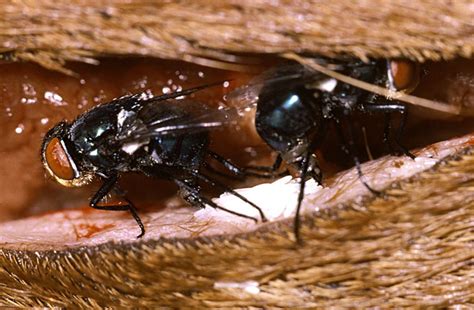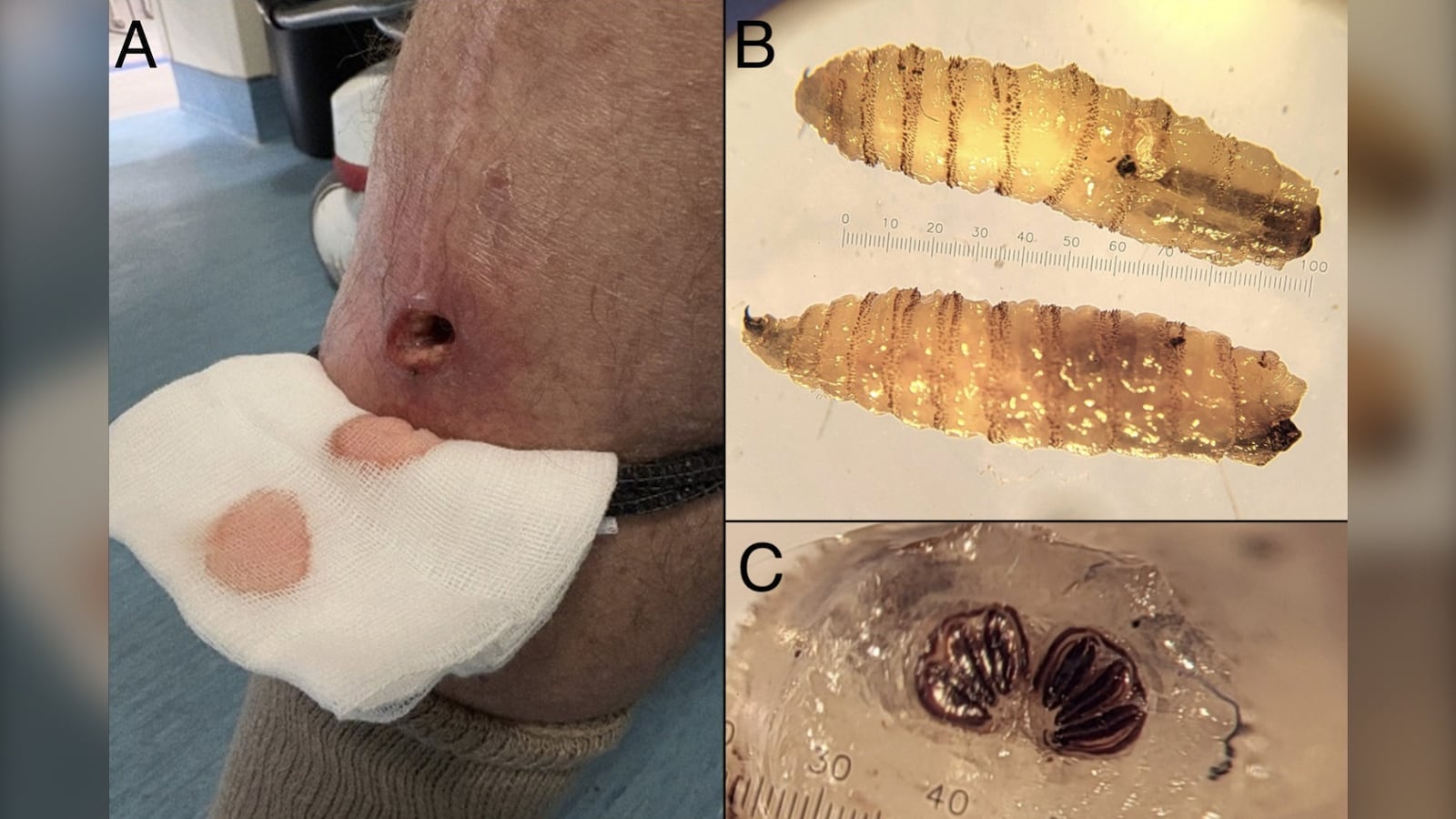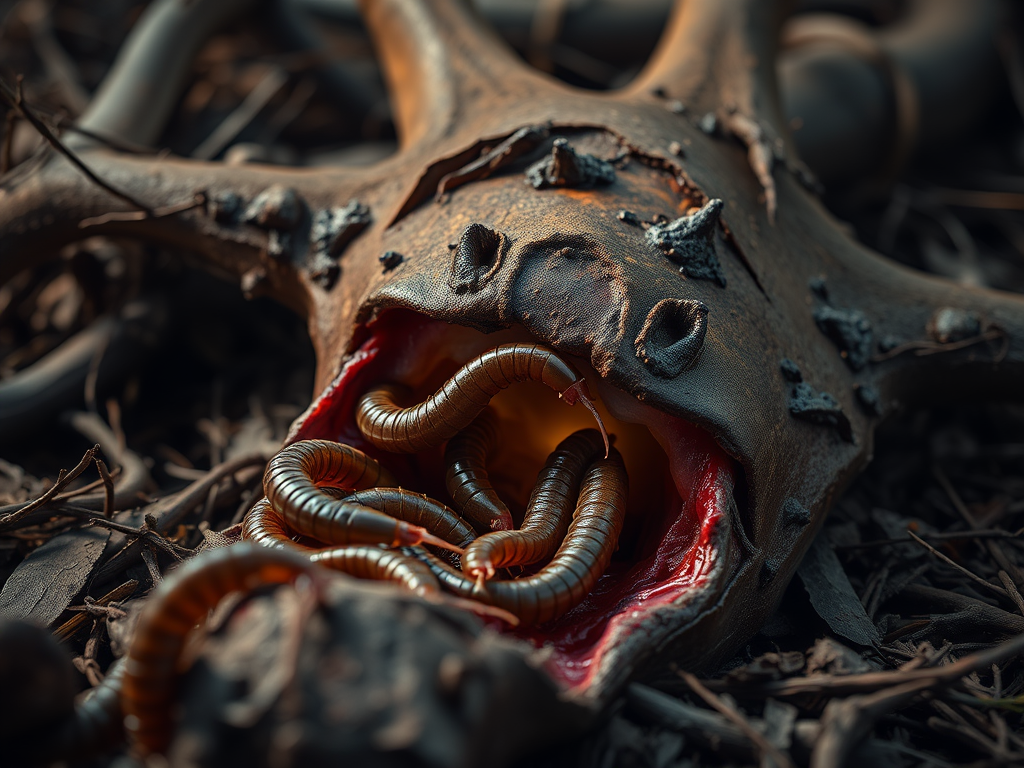
Late Sunday afternoon, Secretary of Agriculture Brook Rollins announced an immediate embargo on livestock crossing the southern border of the United States.
The embargo impacts live cattle, horse, and bison imports through U.S. ports of entry, and along the southern border, due to the continued and rapid northward spread of New World Screwworm (NWS) that’s now in Mexico.
According to the USDA press release, NWS has been recently detected in remote farms with minimal cattle movement as far north as Oaxaca and Veracruz, about 700 miles away from the U.S. border.
New World Screwworm is a flesh eating parasite caused by the larvae of the Cochliomyia hominivorax fly. The female fly, laying 400 eggs at a time, infests the mucous membranes, orifices, and wounds of humans and warm-blooded animals. Wounds are the most common sites, but even a tiny scratch the size of a tick bite can be an invitation for these savage insects.

Within about a day, ravenous flesh-eating larvae erupt, which both look and act like screws, as they viciously and relentlessly bore and twist into their victim—feasting on living flesh for about seven days.
Over a decade ago, the Animal Plant Health Inspection Service (APHIS) successfully used the Sterile Insect Technique to eliminate NWS in North America. Screw worms were declared eradicated from Panama in 2006, at which time the USDA partnered with Panama to build a sterile fly production facility. That facility has been used to maintain a biological barrier along the Darién Gap at the border of Panama and Colombia.

Despite billions of dollars spent on continued efforts, the biological barrier was breached in 2022 as open border policies allowed caravans of people and animals to pass through the Darien Gap on their way to the United States. The parasitic flies, with millions of new hosts, have been able to out-breed the gmo males—making rapid advancements northward along the caravan’s route. By July 2023, screwworms reached Costa Rica, then Nicaragua in March 2024, and Honduras by September 2024.
Now, these flies have been found in Mexico, and while they pose a serious public health concern, NWS has the potential to absolutely devastate livestock. With United States cattle volumes already at record lows, and American ranchers facing economic devastation, we’re literally on the verge of having our food supply Screwwormed.
“The protection of our animals and safety of our nation’s food supply is a national security issue of the utmost importance,” Secretary Rollins said. “Once we see increased surveillance and eradication efforts, and the positive results of those actions, we remain committed to opening the border for livestock trade. This is not about politics or punishment of Mexico, rather it is about food and animal safety.”
While the overall goal is to push the flies back down to the Darién Gap, an urgent presentation given by the CDC last October to warn clinicians of the threat, gives insights into the challenges that lay ahead.
According to Mark Fox, an entomologist with the US Centers for Disease Control and Prevention, challenges include communication barriers, inadequate wound care, and continued transportation of humans and animals through unmonitored checkpoints.
Effective immediately, the USDA says it is taking all possible actions to monitor for, and limit, the northward movement of NWS, including the utilization of the USDA Tick Riders to monitor livestock and wildlife along the southern border region, between ports of entry, for the presence of NWS. In addition, the USDA launched a joint effort between APHIS and Customs and Border Protection (CBP) to restrict the importation of live animal commodities originating from, or transiting through Mexico.





0 Comments